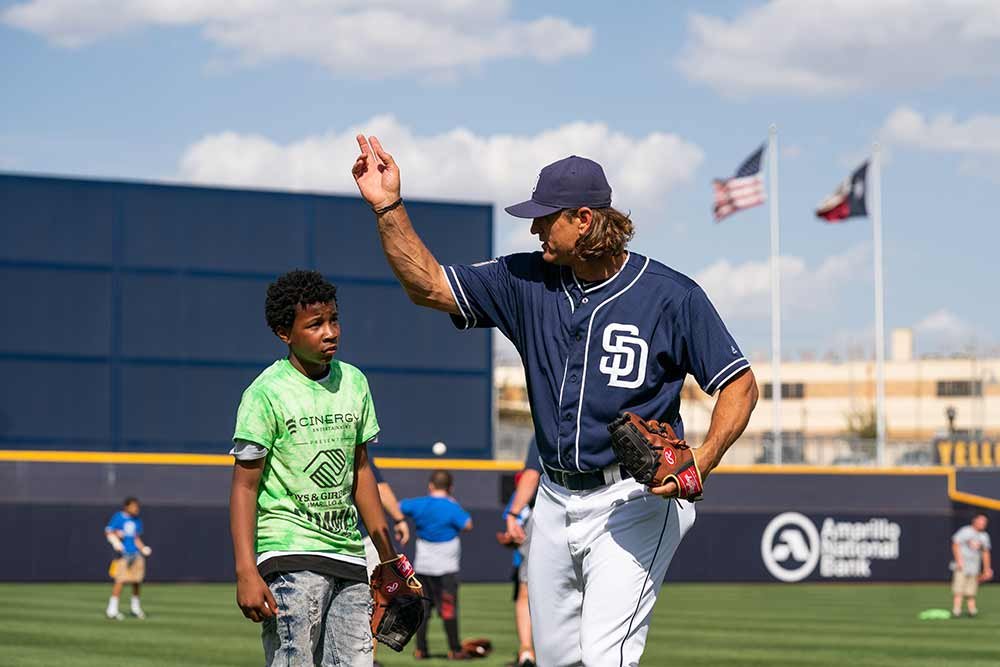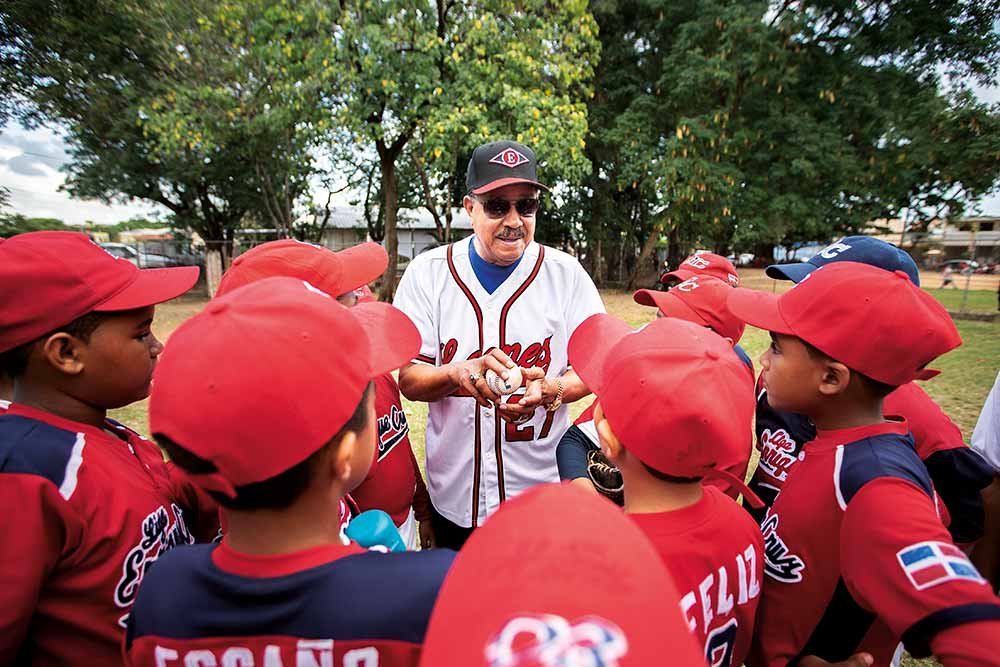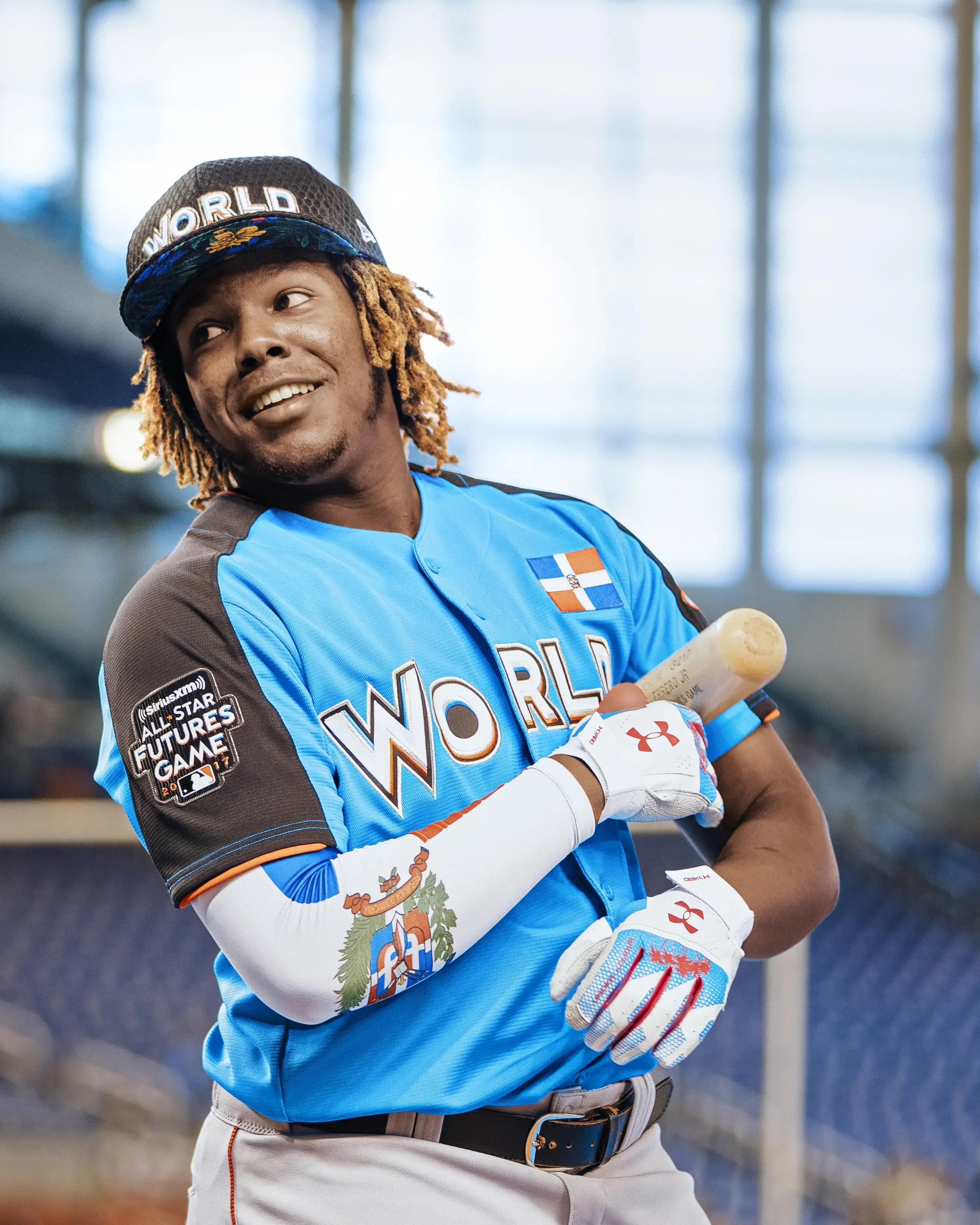
Empowering the Next Generation of Female Athletes
Following the global success of SEE HER BE HER, a feature-length documentary film (and photography book by the same name) that premiered on the MLB Network and is now streaming on Amazon, the movement is expanding to tell the story of women’s hockey, from frozen ponds to the Professional Women’s Hockey League (PWHL) and beyond.
Founded by Grassroots Baseball®, See Her Be Her provides a crystal-clear vision of what female athletic achievement looks like for an entire generation of girls and boys.
Our mission is simple yet powerful: creating opportunities by empowering communities to champion women’s sports through storytelling, advocacy, and visibility. We celebrate their achievements, amplify their voices, and encourage lasting change.
“Every young girl who wants to play needs to see there’s a place for her in the game,” says Grassroots Baseball and See Her Be Her cofounder Jean Fruth. “Through storytelling, we can open doors, change perspectives, and inspire inclusion.”
Grassroots to the Pros
The ascent to the Major Leagues is a difficult climb and an enormous accomplishment. For the 23,000-plus players who have had the privilege of playing the game at the highest level, their introduction to the game most likely came on a sandlot or hometown field. Grassroots Baseball looks at some of their early-day stories and improbable journeys from grassroots to the pros.
Jean Fruth’s third book, See Her Be Her!
Companion book to the SEE HER BE HER documentary
Now shipping! The companion book to the See Her Be Her documentary is the third book in the Grassroots Baseball series, following the success of 2019’s Grassroots Baseball: Where Legends Begin and 2022’s Grassroots Baseball: Route 66.
See Her Be Her celebrates the women of baseball, from the glorious past of the players made famous by Penny Marshall’s A League of Their Own, to the ongoing exploits of the most talented females in the game today, to the very real possibility that a woman will one day make her major league debut.
Photographer Jean Fruth traveled the globe, shooting on three continents and assembling the over 250 strikingly beautiful photos that illustrate this book. Also shining a light on both the constant struggle for equality and the joyful passion of baseball are profiles of pioneers like Lois Youngen, players like Kelsie Whitmore and Ayami Sato, and such women of influence as Justine Siegal and Veronica Alvarez.
Lending their perspective are Tennis Hall of Famer Billie Jean King (Foreword), Baseball Hall of Famer Cal Ripken (Introduction), baseball writer Claire Smith (Preface), the first female to be awarded the Hall’s Career Excellence Award, and Maybelle Blair (Afterword), a one-time pitcher in the All-America Girls Professional Baseball League.

Hall of Fame know-how

Hall of Fame Little League moments












